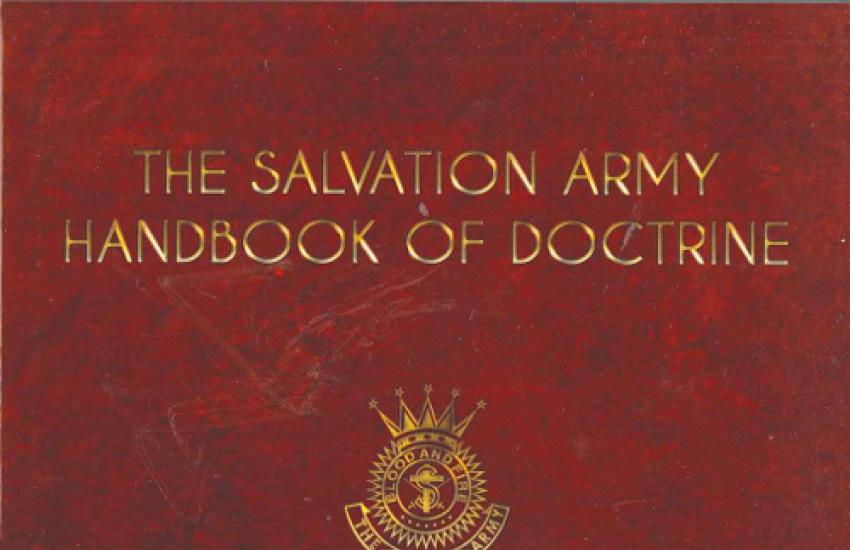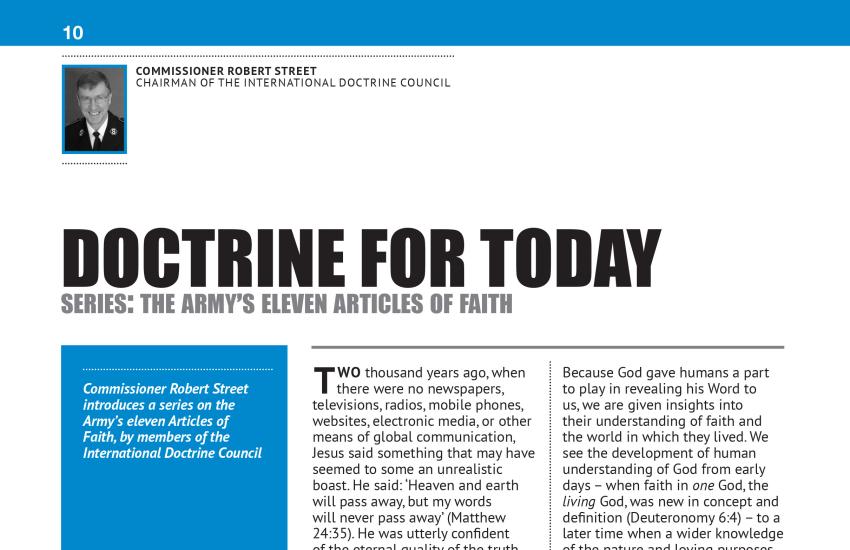© Copyright The General of The Salvation Army, January 2019. Contact ihq-itc@salvationarmy.org for more information.
Tools for Interpreting the Bible
A short guide to biblical interpretation from the International Theological Council.

Discover more

Ruth
Spend six weeks in the book of Ruth and increase your capacity to trust in God through all seasons.
This six-week Bible study offers a rich, day-by-day journey through themes like providence and gleaning, relationships and our response to our

Flourish
Flourish is a spiritually rich and emotionally insightful resource designed to help women deepen their intimacy with God and live rooted, joyful lives regardless of season or circumstance. Drawing from Psalm 16:11 and Psalm 42, Dr. Ingrid Davis

Let Justice Roll
Be inspired to be stand up against injustice and live with purpose. These studies explore justice throughout the Bible

Open Doors Open Hearts
Exploring biblical hospitality together.

An Act of Kindness
For 40 days, engage in 40 acts of kindness, each inspired by Scripture. May you make the goodness of our God known. One small, significant act at a time.

Living Out Justice
A series of daily devotionals and challenges to live out justice written by women from around the Salvation Army world.
Not only did Jesus preach with words, but his daily interactions teach us so much about how to love God and to love others. This



